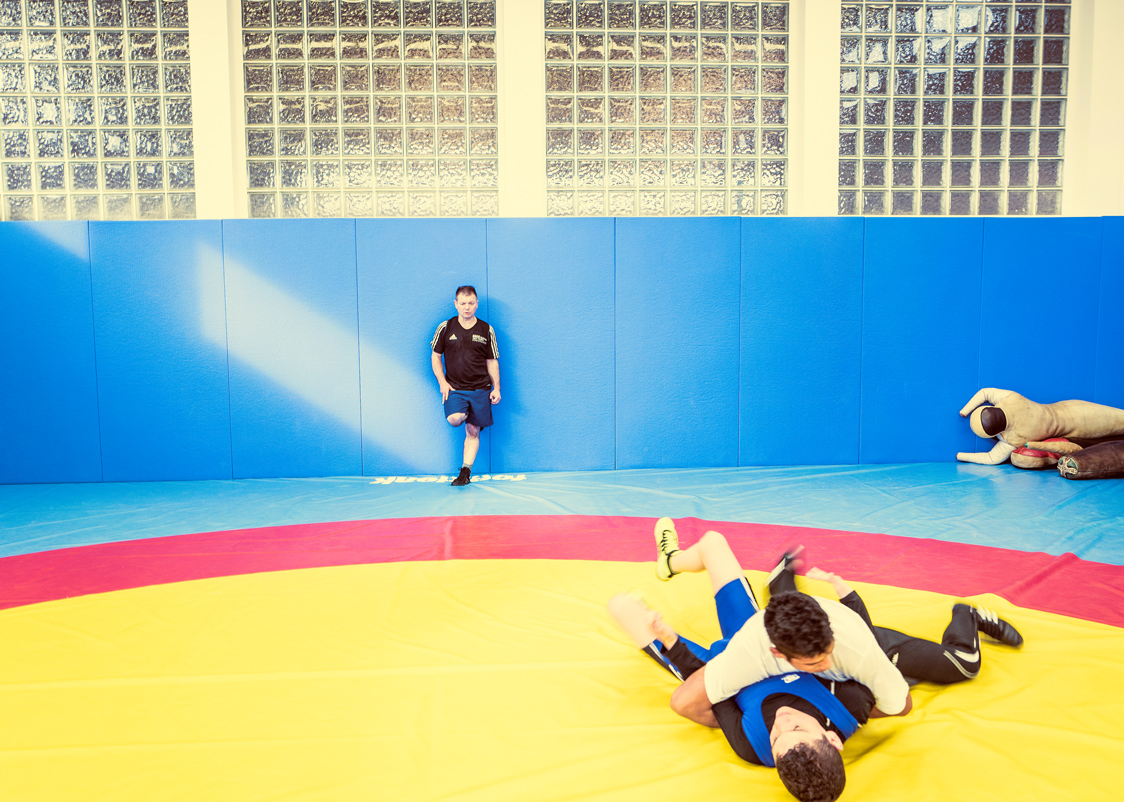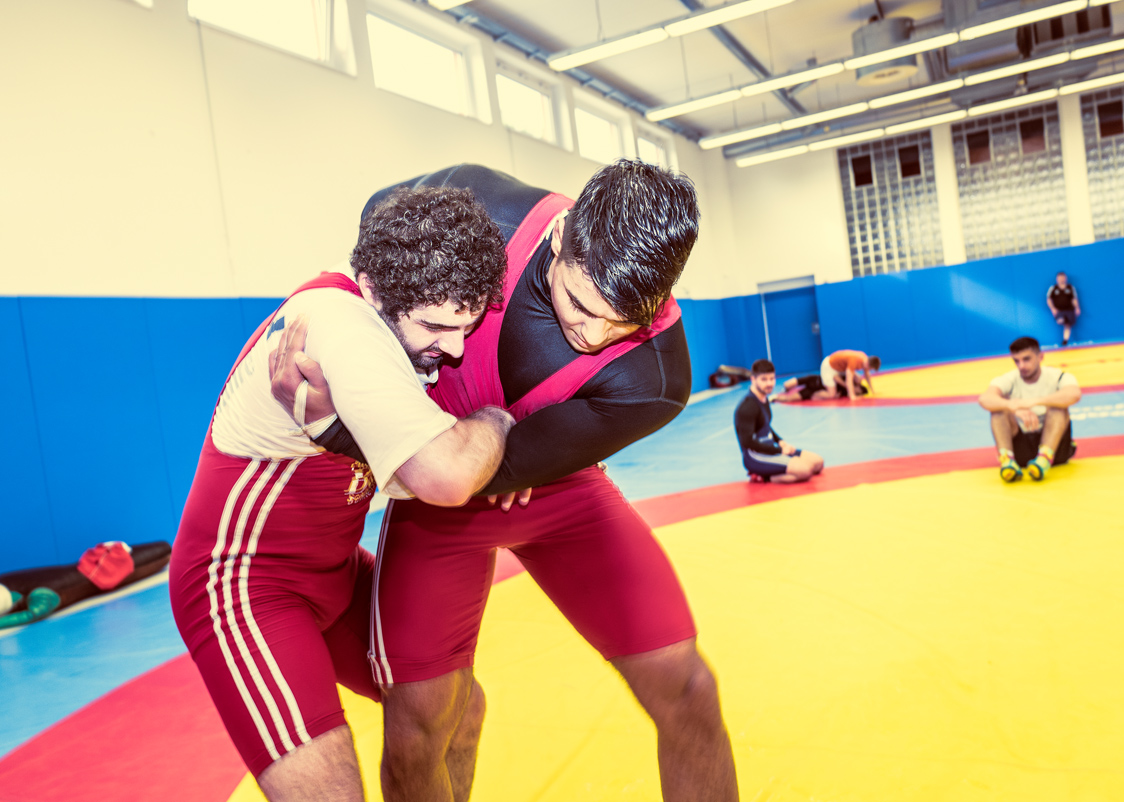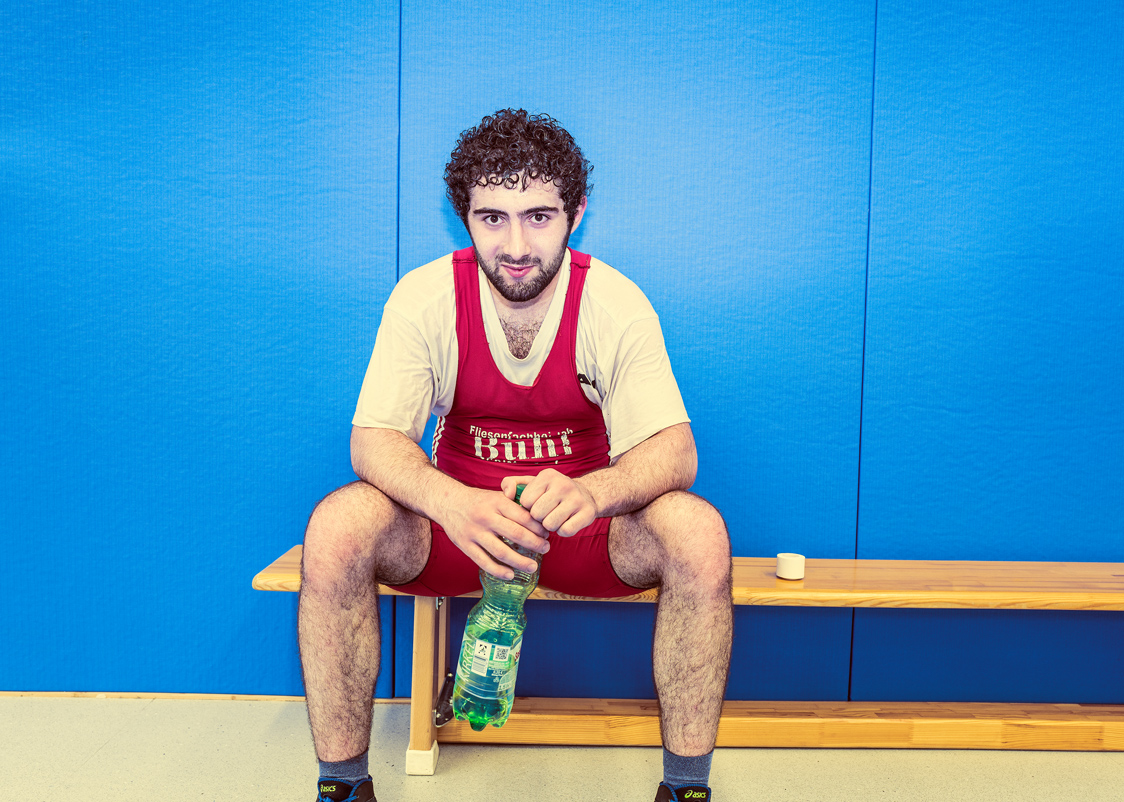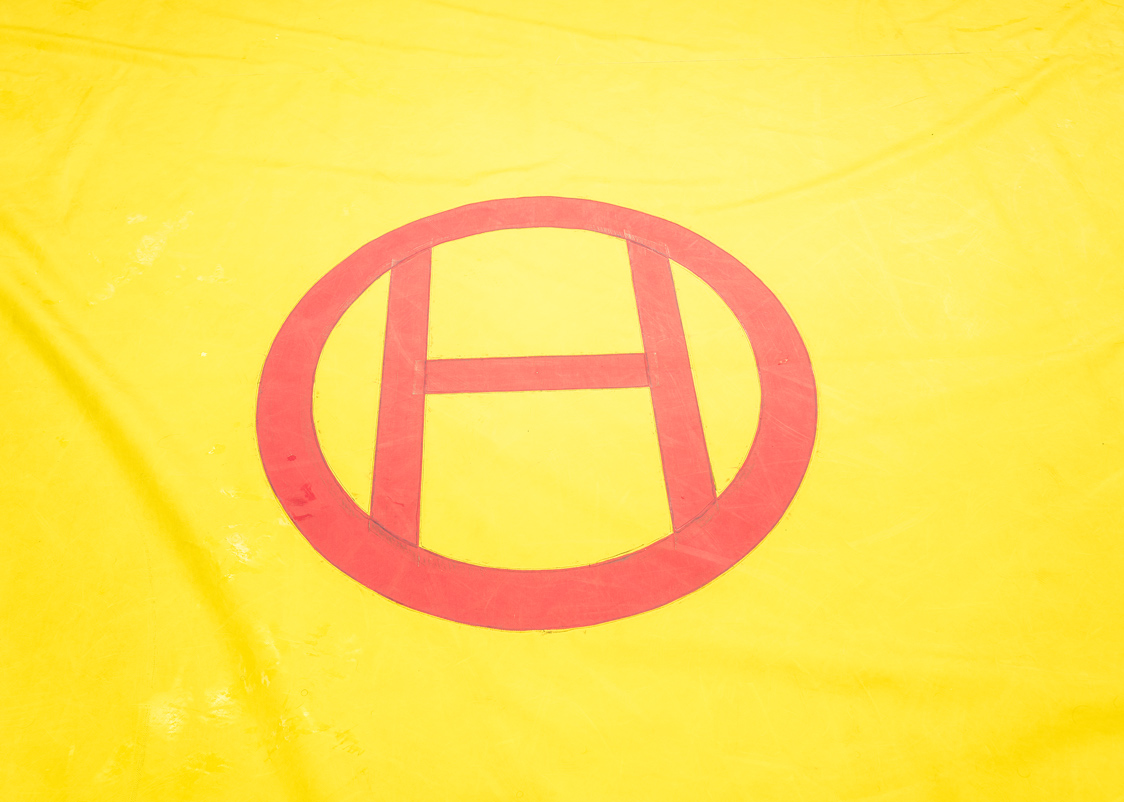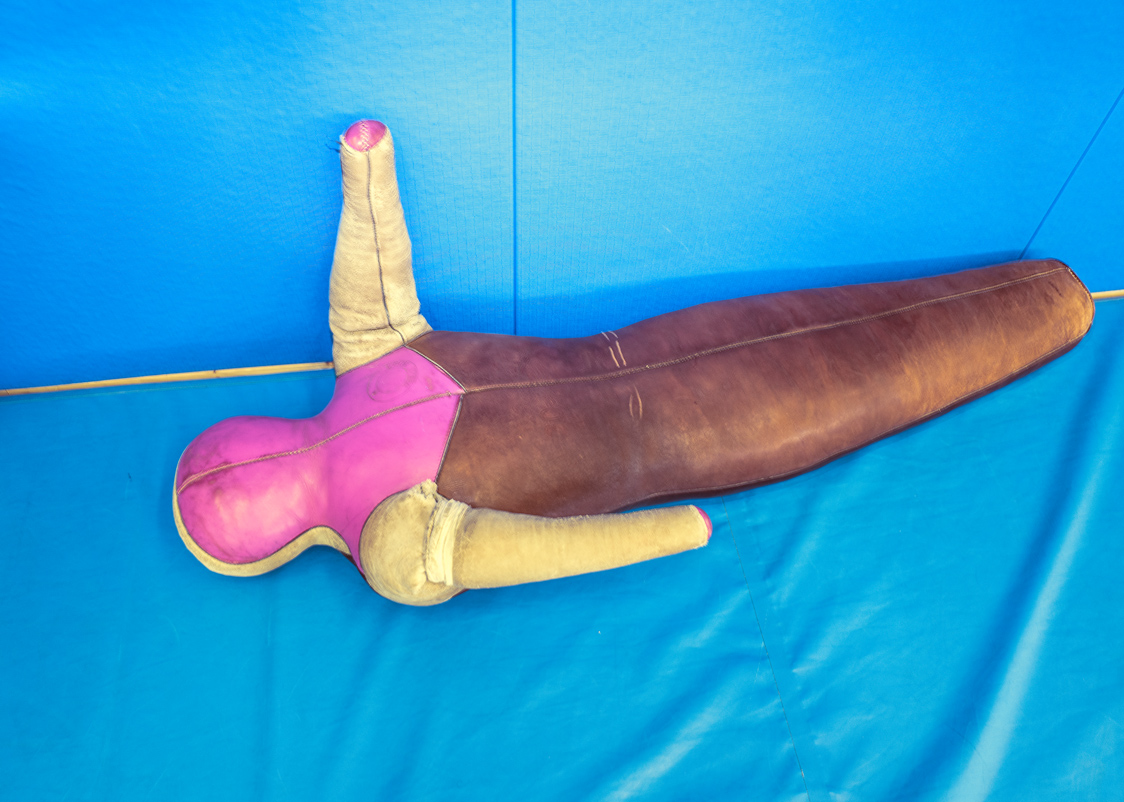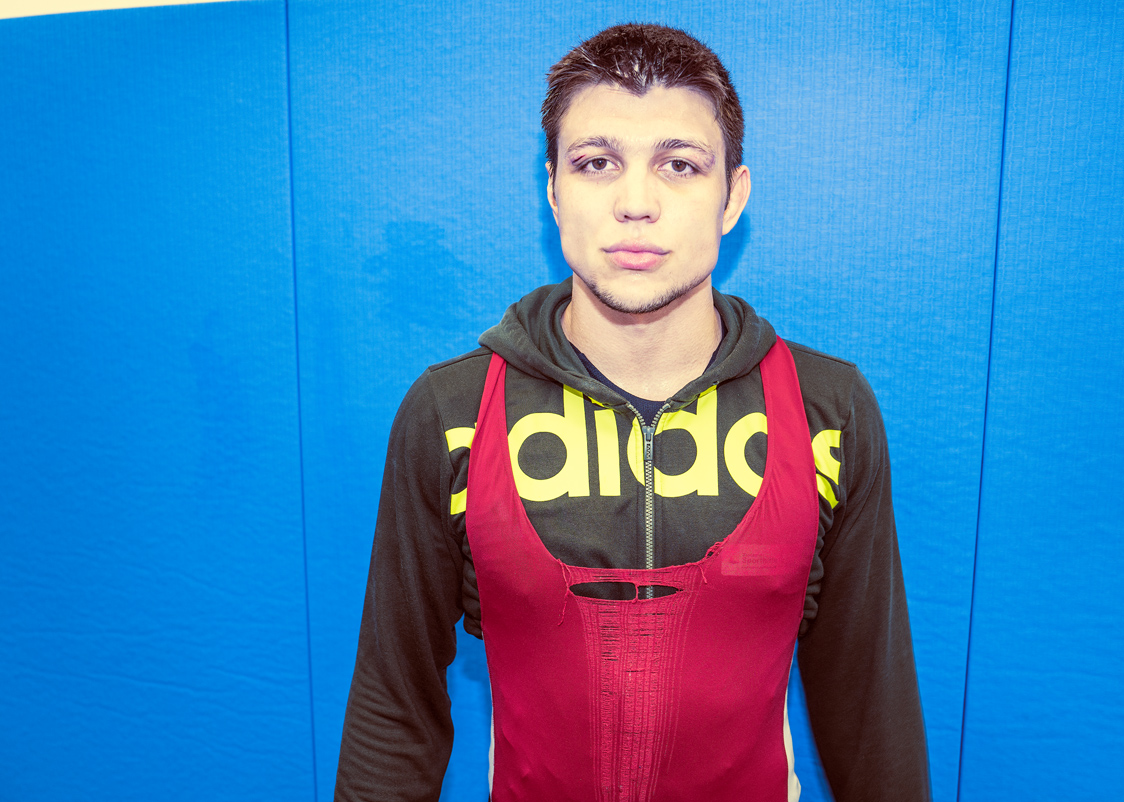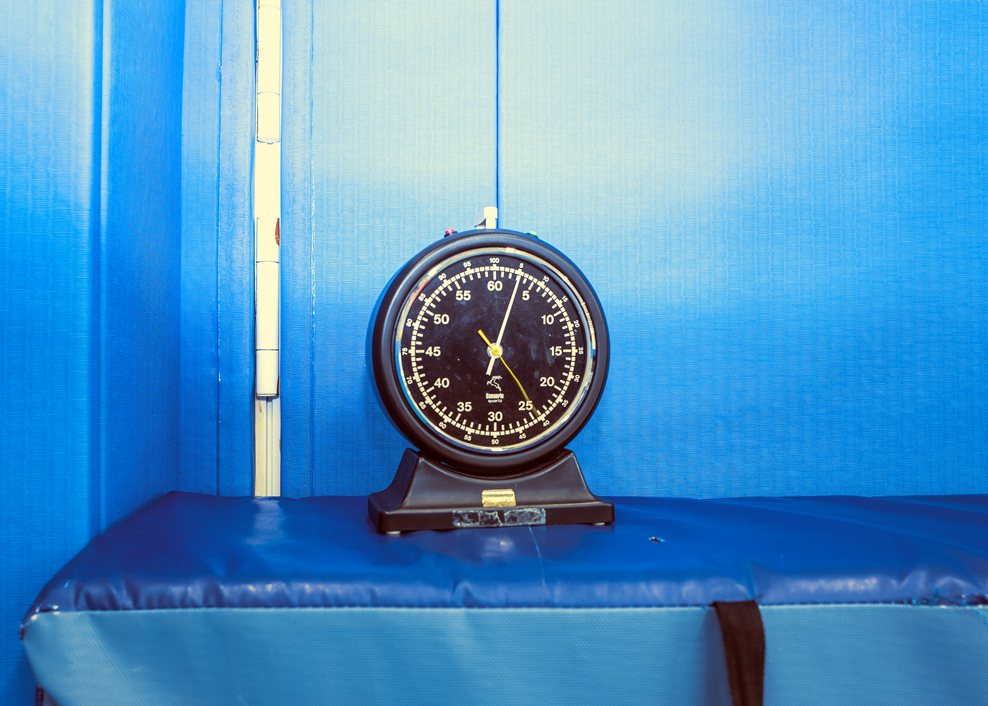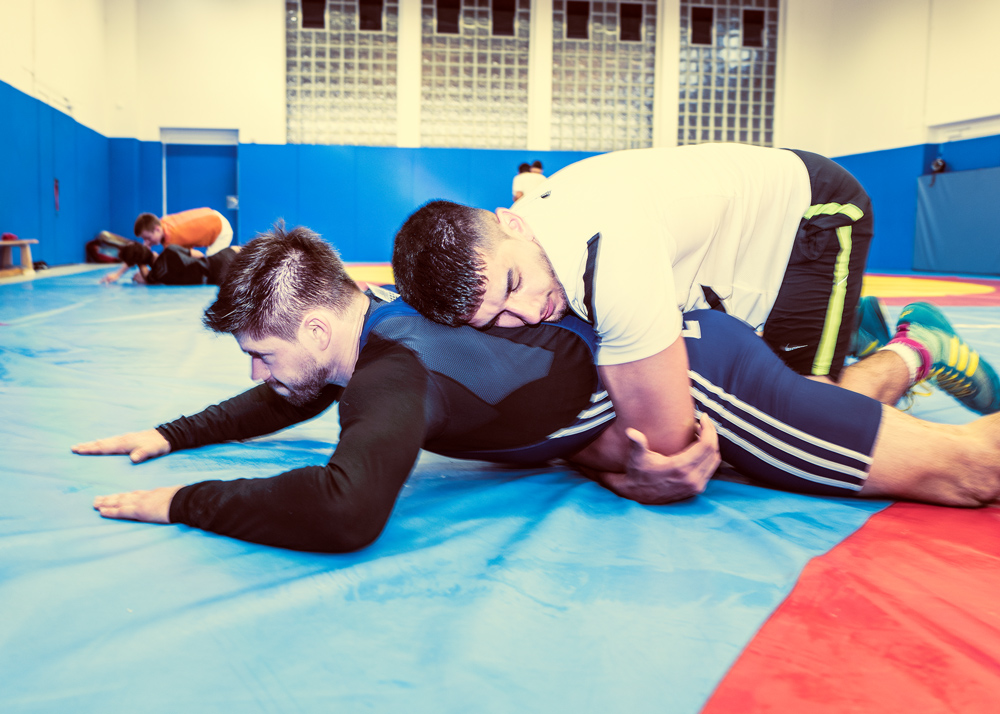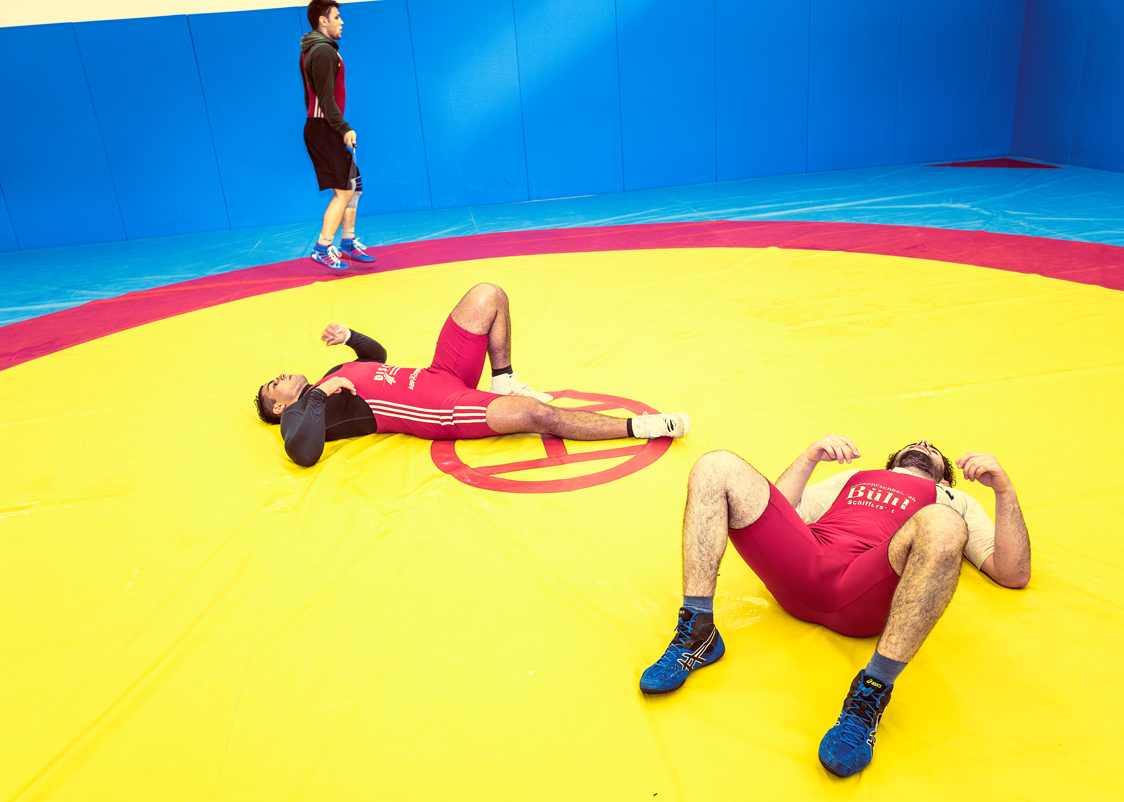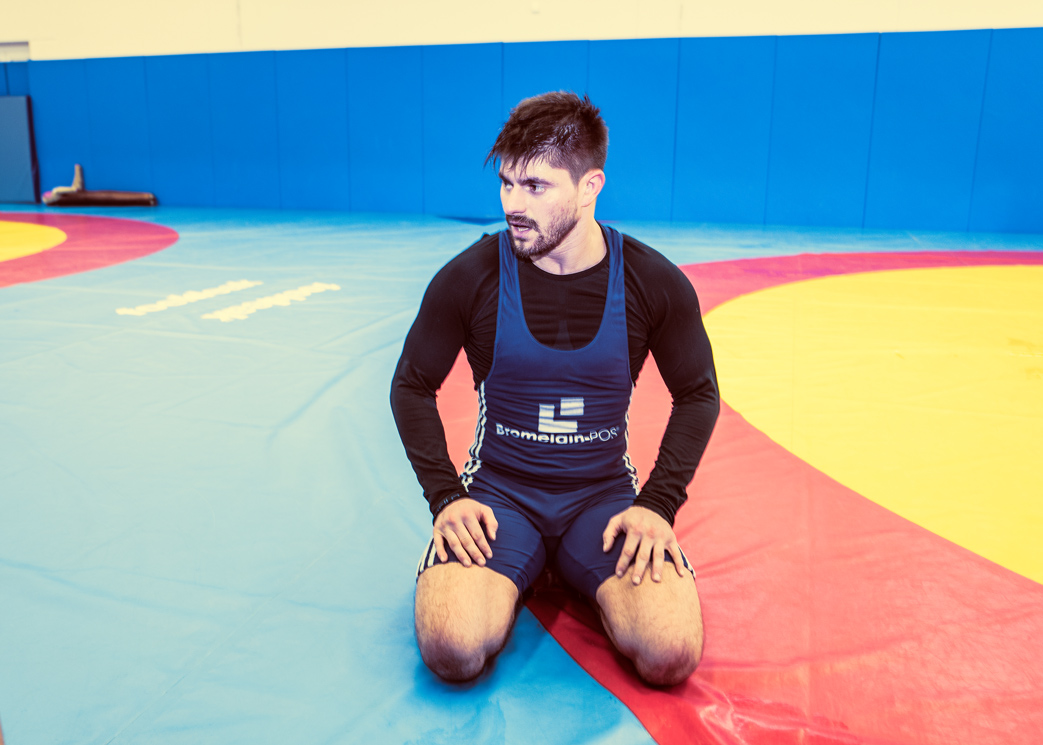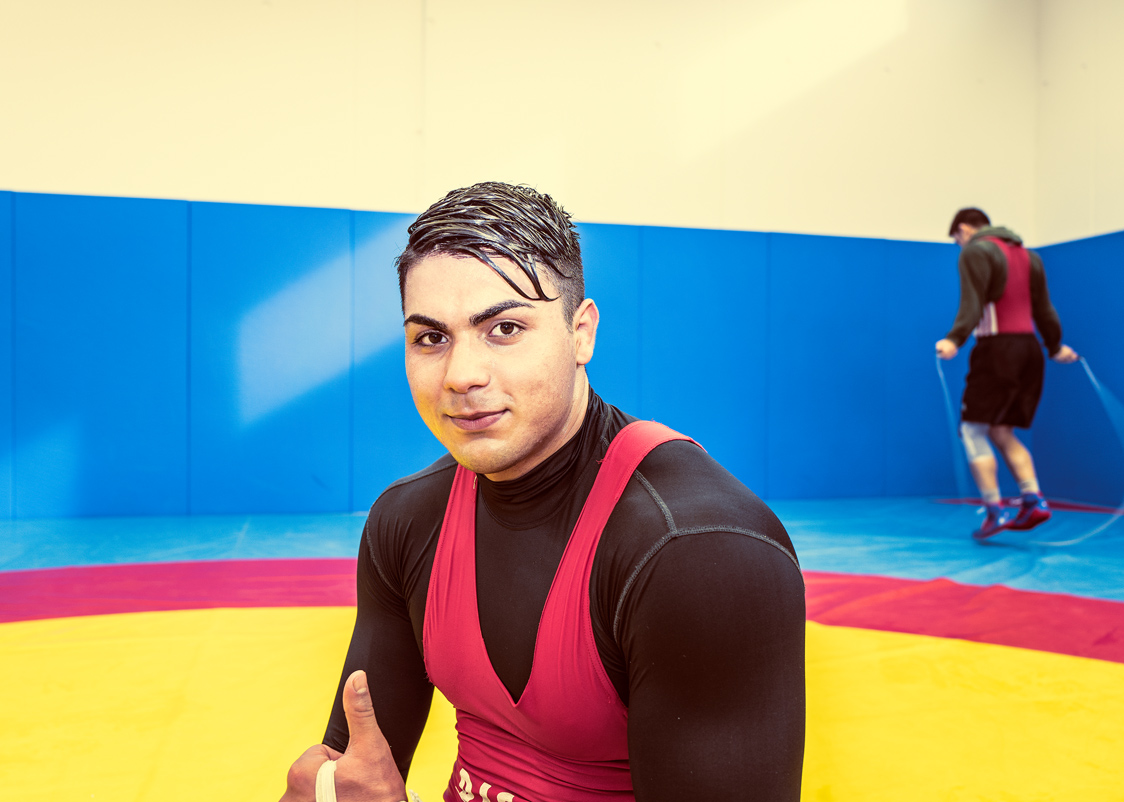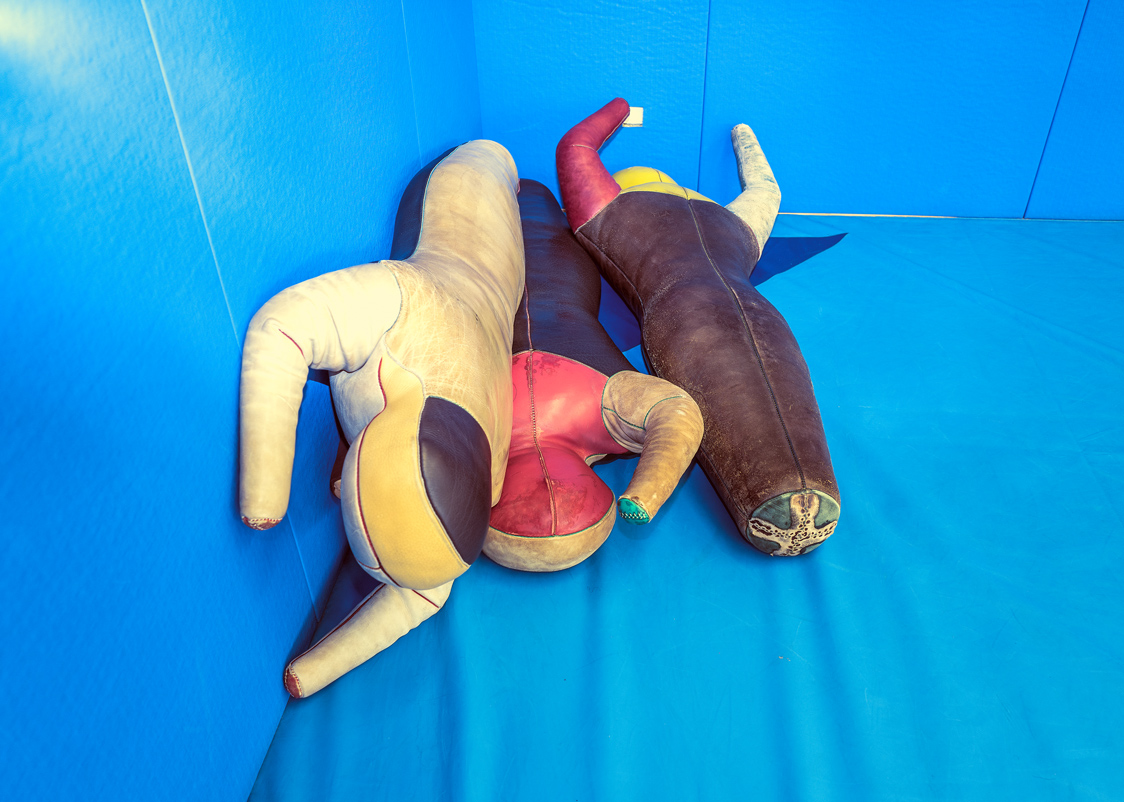Wrestling for victory – a spectacle as old as mankind. And yet, each wrestling match is a unique and thrilling experience. The Palatinate wrestling stronghold town of Schifferstadt stands for this spirit. Here, coach Markus Scherer has been preserving the heritage of the “Kran von Schifferstadt” (“Crane of Schifferstadt”) and preparing talents like Denis Kudla who won a bronze medal at the Olympic Games in Rio and a silver medal at the World Championships in Paris.
Another warm summer’s evening in Schifferstadt, a town located in the Vorderpfalz (the south-eastern Palatinate) – Germany’s hottest region in statistical terms. Things are getting heated inside the sports hall “Wilfried Dietrich-Halle” of the club “VfK Schifferstadt”. Three training bouts are fought at a time on the blue mats. The neon lamps shed light on how much power, speed and stamina wrestling requires. You can see the exertion in the young athletes’ sweaty faces. Nevertheless, sometimes the Graeco-Roman style comes across as a spectacle in slow motion: in the moments where the wrestlers carefully grope for the right grappling hold or joint lock or when they mentally focus before they throw their opponent on the mat through a fierce jolt.
Leaning against a wall with his arms folded across his chest, Markus Scherer follows the bouts carefully. The 53-year-old coach reads from the wrestlers’ gestures, not from their faces. For the spectator wrestling looks simple, he finds. “But this impression emerges only because the athletes are coached so well,” he growls out to anybody who may underestimate this sport.
For the several-time German champion VfK, all the strings are pulled in Schifferstadt in the street named Neustückweg. Here, wrestling is no marginal discipline, it merely embodies tradition and identity and for many it means half their life. There are two things that the small Palatinate town with its around 20,000 inhabitants has become famous for: the “Golden Hat”, a sensational Bronze Age artefact, dug out by a farmer working in his fields in 1835; and Wilfried Dietrich, the legendary “Kran von Schifferstadt” (“Crane of Schifferstadt”) who produced a spectacular victory at the Olympics in 1972.
The sports hall Wilfried-Dietrich-Halle in Schifferstadt has become coach Markus Scherer’s second home.
The wrestlers who face the duels here in their skin-tight suits “not only have stamina, but they have arm and stomach muscles hard as steel, and an intensively trained cervical vertebral column,” says Markus Scherer. But even when power and fitness are there in abundant supply, in the end it is the iron will that is the key to success, Scherer tells us. It is the readiness to pass your own limits that makes a winner.
The Schifferstadt man knows what he is talking about, he originates from a wrestling dynasty. Markus Scherer is the youngest of three brothers, all of which have gained a reputation as wrestlers with brilliant technique. The coach joins the collection of world-class athletes from Schifferstadt, along with Freddy and Bernd. The native of Ludwigshafen won a silver medal at the 1984 Olympics and five years later he fought his way to become European Champion for Graeco-Roman style. And the Scherer family wrestling legend is to be continued. Markus Scherer’s son Marvin is amongst the wrestlers who are practising at hip-hop beats tonight. Marvin wrestles for the club VfK Schifferstadt in the Bundesliga (national league) and he has already gained a fifth place at the German Championships.
